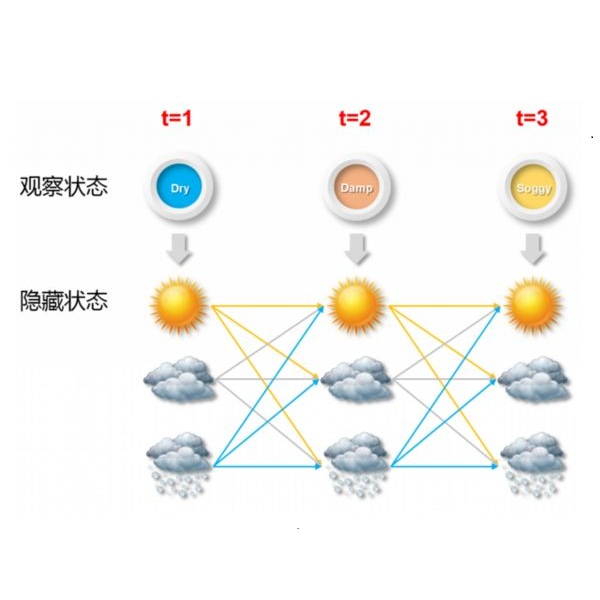Hidden semi-Markov models generalise hidden Markov models by explicitly modelling the time spent in a given state, the so-called dwell time, using some distribution defined on the natural numbers. While the (shifted) Poisson and negative binomial distribution provide natural choices for such distributions, in practice, parametric distributions can lack the flexibility to adequately model the dwell times. To overcome this problem, a penalised maximum likelihood approach is proposed that allows for a flexible and data-driven estimation of the dwell-time distributions without the need to make any distributional assumption. This approach is suitable for direct modelling purposes or as an exploratory tool to investigate the latent state dynamics. The feasibility and potential of the suggested approach is illustrated by modelling muskox movements in northeast Greenland using GPS tracking data. The proposed method is implemented in the R-package PHSMM on GitHub.
翻译:隐藏的半马尔科夫模型对隐蔽的Markov模型进行概括化,明确模拟在特定状态上的时间,即所谓的居住时间,使用自然数字界定的某些分布。虽然(转移的)Poisson和负的二进制分布为这种分布提供了自然的选择,但在实践中,参数分布可能缺乏充分模拟居住时间的灵活性。为解决这一问题,建议了一种惩罚性的最大可能性方法,允许对时间分布进行灵活和数据驱动的估计,而不必作任何分配假设。这种方法适合于直接的建模目的或作为调查潜在状态动态的探索工具。建议的方法的可行性和潜力通过利用全球定位系统跟踪数据模拟东格陵兰东北部的 Muskox运动来说明。拟议方法在GitHub的R-包装 PHSMM 中实施。




